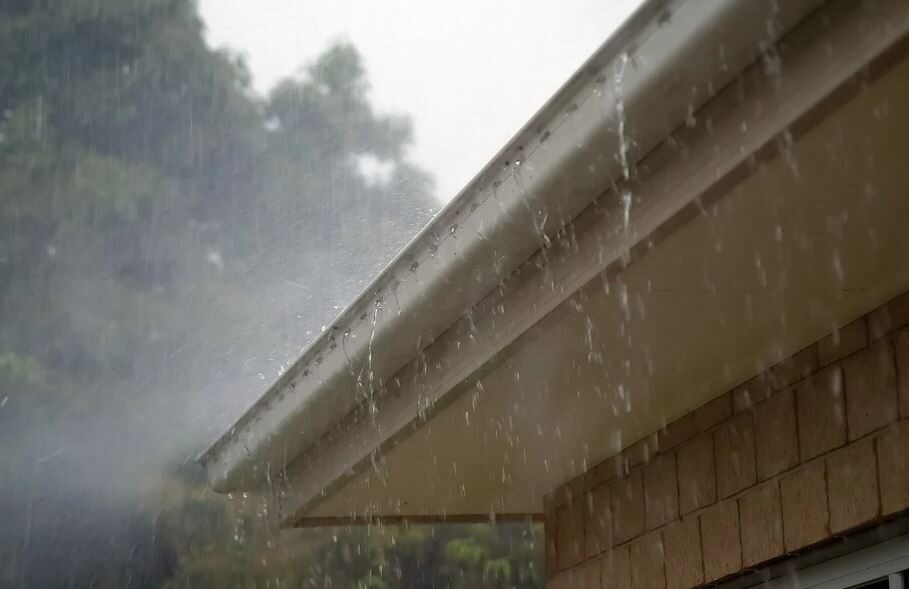No one is ever excited to climb up on to their roof to clean their gutters. For some, this may result in not cleaning them out at all. But what happens when you don’t? The answer is relatively unsurprising: your gutters will clog.
Clogged gutters are a much larger issue than most homeowners think. When your gutters aren’t flowing freely, they can’t navigate water properly away from your home. This can lead to a long list of damages that are costly to repair, such as water damage or mold growth.
Here, we will go over 7 damages that are caused by clogged gutters to help make sure you clean them out this spring.
7 Problems Caused by Clogged Gutters
1. Roof Damage
When your gutters are clogged, it causes standing water to accumulate with nowhere to go. The constant presence of water weakens the shingles in contact with your gutters and causes them to deteriorate. Over time, this will cause water to seep past damaged shingles and cause a roof leak.
In addition to roof leaks, clogged gutters can also cause problems with the soffit and fascia on your roof. These elements help ensure water, debris, or pests don’t enter your home. When your gutters are weighed down by the standing water in them, it can cause it to pull away from your home and damage both the soffit and fascia. Over time, fascia boards may even begin to rot and allow water into your home.
2. Foundation Issues
Did you know that clogged gutters can damage your foundation? When it rains and your gutters are clogged, water overflows directly onto the ground below, next to your foundation. Over time, the rise in groundwater levels caused by overflowing gutters can cause the foundation to shift, crack, or buckle. Foundation issues are serious and should be addressed as soon as you notice the issue.
3. Basement Flooding
You may wonder – How could clogged gutters ever cause a flooded basement? While clogged gutters may not immediately cause your basement to flood, over time they will. Related to foundation damages, overflowing gutters increase groundwater levels outside directly outside of your home and increase pressure on foundation walls. If your foundation shifts or cracks – you’ll likely end up dealing with a flooded basement.
4. Landscape Damage
While landscape damage may seem only cosmetic, it can also lead to basement flooding and foundation issues. When water flows directly down the side of your home to the ground below, it can wash away landscaping, cause a rut to form, and damage the sloping away from your foundation. When shrubs, flowerbeds, or slopes are destroyed, it makes it more likely for high groundwater levels which can damage your home.
5. Pest Problems
When your gutters are clogged and it’s not raining, the water inside them has nowhere to go. As stagnant water sits, it becomes a breeding ground for mosquitos, flies, termites, and other pests who are also attracted to the debris in your gutters. Once insects become abundant in your gutters, they will begin to attract other pests such as squirrels, mice or birds. When the weather cools off, many of these pests may try to find their way into your home and cause an infestation.
6. Water Damage
Clogged gutters can cause even more water damage than just roof leaks or basement flooding. When water constantly flows down the siding of your home, water can begin to seep behind it and cause damage to your living space. Windowsills and siding aren’t meant to have water constantly flowing across them, and quickly begin to leak when consistently wet. Any time water flows where it’s not designed to, water damage is likely to develop.
7. Mold Growth
Mold loves moisture. In fact, a mold infestation can begin in as little as 48 hours after water damage or flooding occurs. Since clogged gutters can cause water damage to essentially every level of your home, mold growth is extremely likely. If you promptly take care of water damage and clean out your gutters, you should be able to avoid mold. If not, you’ll need to pay for mold removal services on top of water damage restoration services.

